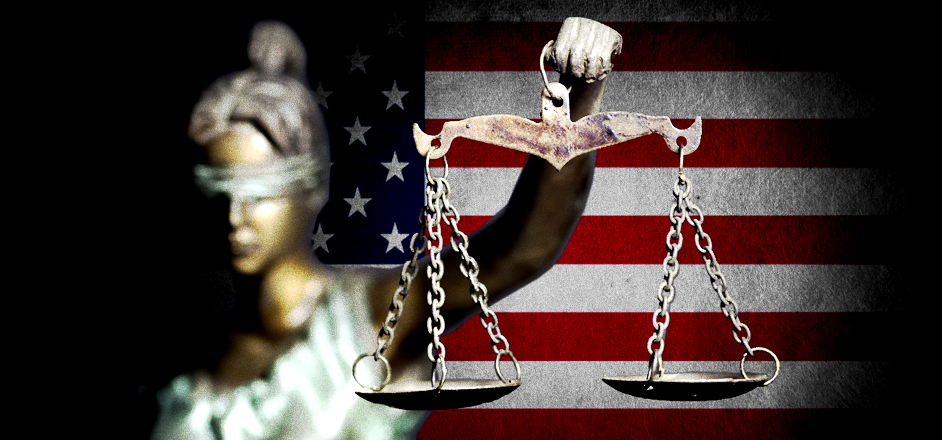One of the darkest chapters of American history was not so long ago.
From the 1920s to the 1970s, the United States robbed tens of thousands of citizens of their ability to have children. This was done to prevent “undesirable” people from procreating. The poor. The handicapped. Minorities. Immigrants. Alcoholics. Promiscuous women.
Government-forced sterilization is a story of good intentions gone awry. It’s a lesson that science and technology can be used as weapons of prejudice.
Destroying some Americans’ capacity to spread their seed was inspired by the science of evolution. Specifically, it was the application of a branch of beliefs called “eugenics,” which aimed to improve the genetic quality of the human population.
Scientists were confident that there was something biological about genius. They wanted to organize the population so that the smart, beautiful and successful people would pair up with other smart, beautiful and successful partners.
Eugenics was taught in schools and preached from pulpits. But to put the idea into action — to keep superior humans from breeding with lesser humans — they looked to the state for help. They wanted help in isolating the “imbeciles” and “feeble-minded.”
So state governments began to create “colonies” for the disabled. The primary motive was compassion. In large part, the objective of the colonies was to provide care for a vulnerable population. Of course, it didn’t hurt to also remove the morons from the gene pool.
However, the rate of institutionalization for feeblemindedness quickly skyrocketed. Forced isolation and sterilization efforts targeted those at the bottom of the social ladder: criminals, people of color, the physically and mentally ill.
And women. Experts agree it’s impossible to separate the sterilization movement from the long history of men attempting to control women’s bodies and behavior.
Girls who got into trouble — acting sexually unorthodox or getting pregnant out of wedlock — were sent to the colonies. America’s puritanical society considered it a necessity to get these girls out of society, lest they poison the purer bloodlines.
Advocates for tying the tubes of sluts saw it as an economic benefit. Instead of wasting taxpayer dollars confining degenerates to the colonies, sterilized people could be sent back to the communities.
Looking back, one can’t help but wonder, why wouldn’t the legal system put a stop to this? Ironically, it initially did just the opposite. In 1927, the U.S. Supreme Court upheld states’ rights to forcibly sterilize anyone it considered unfit to reproduce.
"Three generations of imbeciles are enough," wrote Justice Oliver Wendell Holmes, Jr., in his official opinion for the U.S. Supreme Court case, known as Buck v. Bell. Holmes argued it was better for the world if instead of waiting for inferior offspring to die of starvation or criminals to be executed for their crimes, that those people are prevented from ever being born at all. That court ruling still stands today.
Thirty-two states passed sterilization laws during the 20th century, and between 60,000 and 70,000 people were neutered like feral cats. It was only in the '60s and '70s, as Americans’ perspectives on human rights evolved, that states began repealing these laws.
The war for reproductive justice still wages on today. This often forgotten chapter of our past is a lesson in the tragic outcomes of oppressing our country’s least powerful classes. If we don’t learn from the mistakes of our history, we’re doomed to repeat them.




Leave a Reply